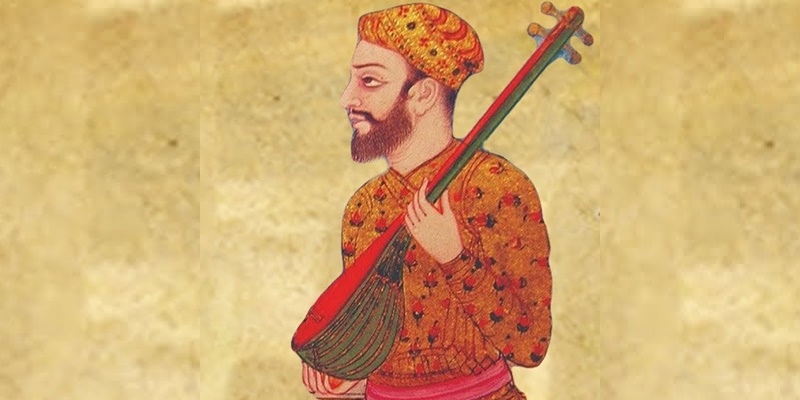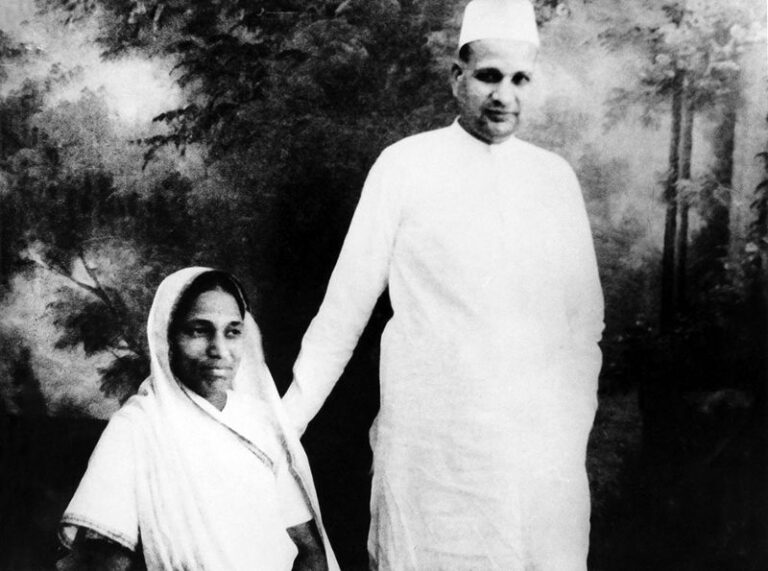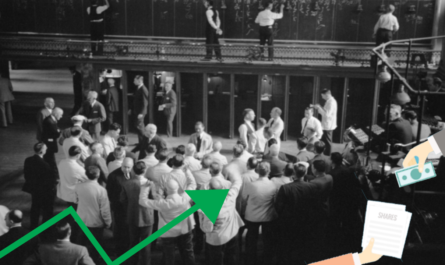You Won’t Believe How Amir Khusro Invented the Sitar – The Shocking Truth!
In the heart of 13th-century Delhi, where the clamor of bustling bazaars met the whispers of royal courts, one man was quietly changing the course of music forever. Amir Khusro, the poet, philosopher, and musical prodigy, was known to many as a magician of sound—a man who could weave words into melodies that touched the heavens.
But Khusro wasn’t satisfied. Despite his groundbreaking contributions like qawwali and khayal, he longed for something more—a new instrument that could capture the depth of Indian ragas and the elegance of Persian scales.
One fateful night, under a canopy of stars, destiny knocked at his door in the form of a mysterious traveler carrying a strange stringed instrument. What happened next would forever change the world of music.
This is the story of how Amir Khusro created the sitar—a story of genius, inspiration, and the pursuit of harmony that transcended borders and time.
Amir Khusro, the legendary 13th-century Sufi poet, musician, and scholar, is often celebrated as a creative genius who revolutionized Indian music. While there is no historical consensus that he “invented” the sitar, legends attribute its creation to his innovative spirit. Here’s a fictionalized story inspired by his contributions to music.
The Invention of the Sitar
In the bustling streets of Delhi in the 13th century, the court of Sultan Alauddin Khilji echoed with music, poetry, and the hum of intellectual debates. Amir Khusro, the court’s jewel, was renowned for his unmatched genius in music and poetry. A man of infinite curiosity, he constantly sought to blend the diverse cultures he encountered into something new and beautiful.
One evening, as the moon bathed the city in silver light, Khusro sat under a neem tree, strumming his tanpura and reciting one of his ghazals. A group of travelers approached him, carrying an unusual stringed instrument—the Persian setar. Intrigued, Khusro asked to examine it. The instrument had a soulful sound but lacked the versatility to express the intricate melodies of Indian ragas.
“He murmured, “It’s beautiful, but it seems lacking for the music of our homeland.”
An idea began to form in his mind. Khusro believed that music was a bridge between the earthly and the divine, and he wanted to create an instrument that could capture the essence of both.
The Experiment
Over the next several weeks, Khusro worked tirelessly in his workshop. He combined the structure of the Persian setar with the resonant gourd body of the Indian veena. He added more strings to allow for a richer range of notes and incorporated sympathetic strings that would vibrate in harmony, creating an ethereal sound.
His disciples watched in awe as he worked, often lost in his own thoughts, humming ragas as he adjusted the design. Finally, the instrument was ready. Khusro called it the sitar, derived from the Persian words seh (three) and tar (strings), though his version now had multiple strings.
How a Simple SIM Card Revolutionized the World of Mobile Communication! | Maya
The First Melody
On a quiet evening, Khusro unveiled the sitar before a gathering of his disciples and the court. He played a hauntingly beautiful raga, blending Persian scales with Indian dhuns. The sound was unlike anything anyone had heard before—a harmonious blend of cultures, a testament to the universality of music.
The listeners’ eyes filled with tears. The sitar’s voice seemed to transcend the boundaries of time and space, touching the divine.
“This,” Khusro said, “is not just an instrument. It is a meeting of souls, a dialogue between East and West, and a celebration of unity in diversity.”
Legacy
Though Khusro is better known for introducing qawwali and khayal to Indian music, the sitar became one of his many gifts to the world. Over the centuries, the instrument evolved, but its soul remained true to Khusro’s vision. The sitar became a symbol of the syncretic culture he championed—a reminder that music, like love, knows no boundaries.
Even today, as the sitar resonates with the melodies of the past and present, it carries within it the spirit of Amir Khusro, the genius who dared to dream beyond limits.
This story blends historical elements with imaginative storytelling to honor Khusro’s legacy as a musical pioneer.
Is Our Galaxy Special? The Incredible Classification of Galaxies Revealed! | Maya



